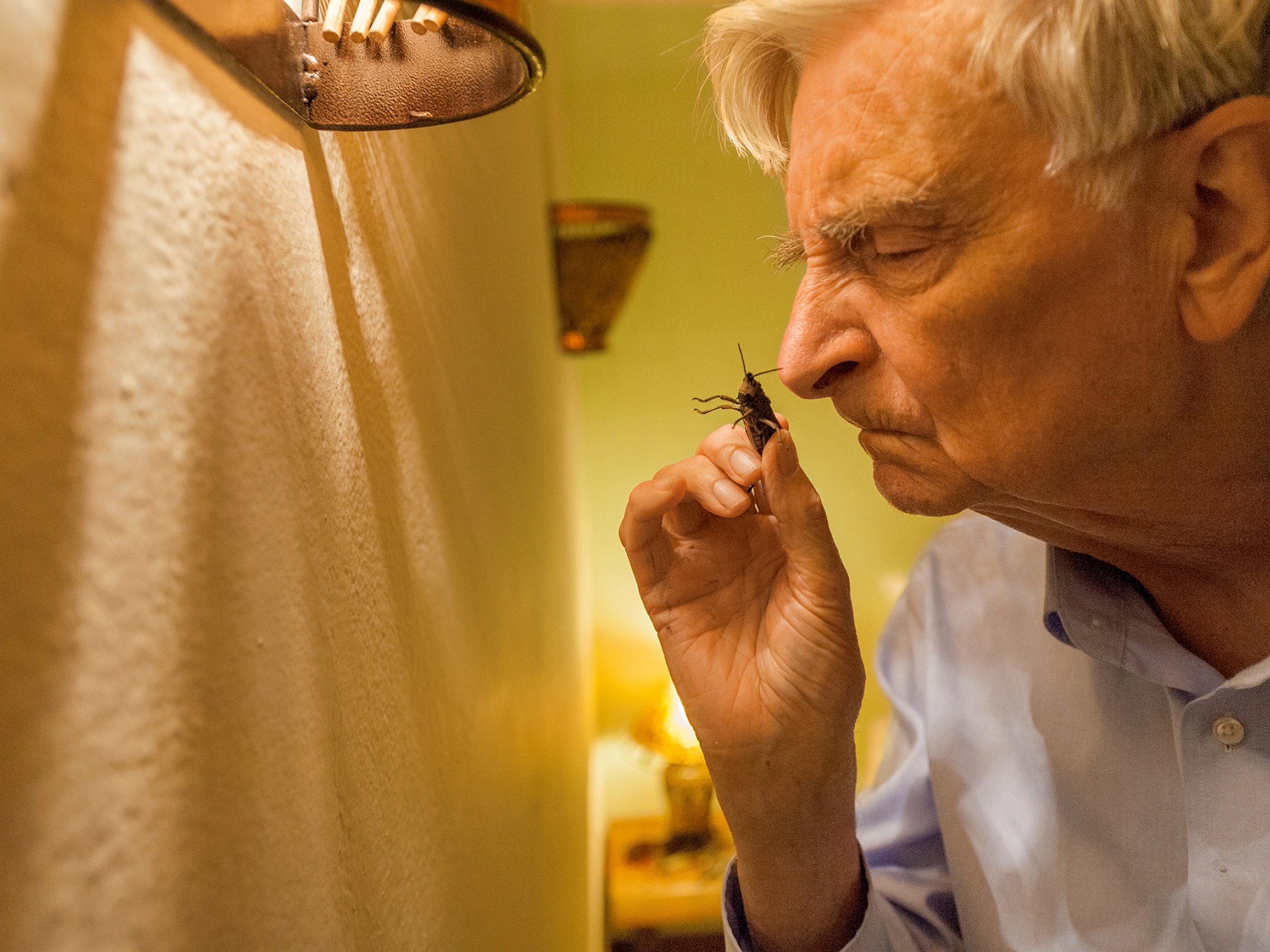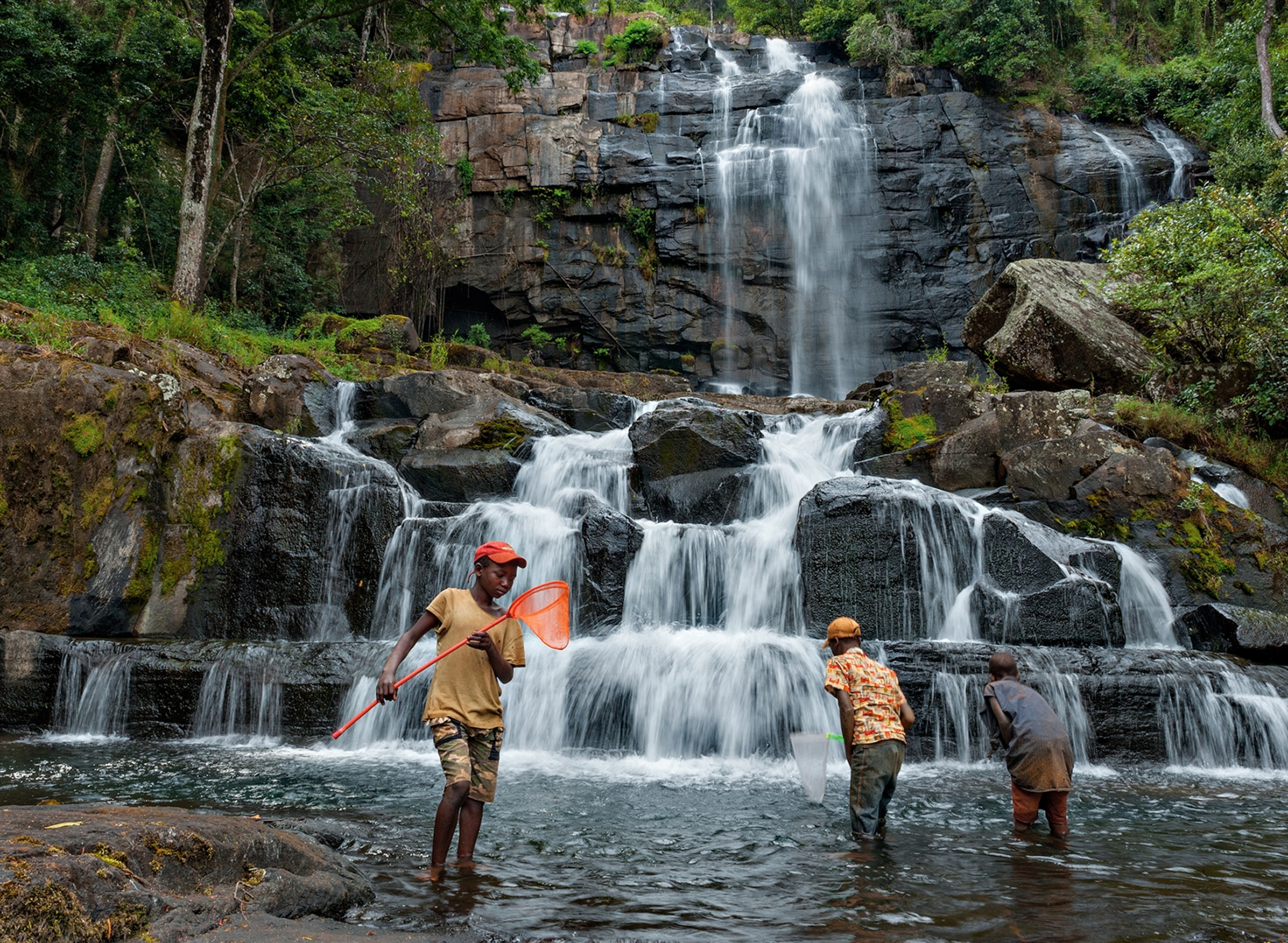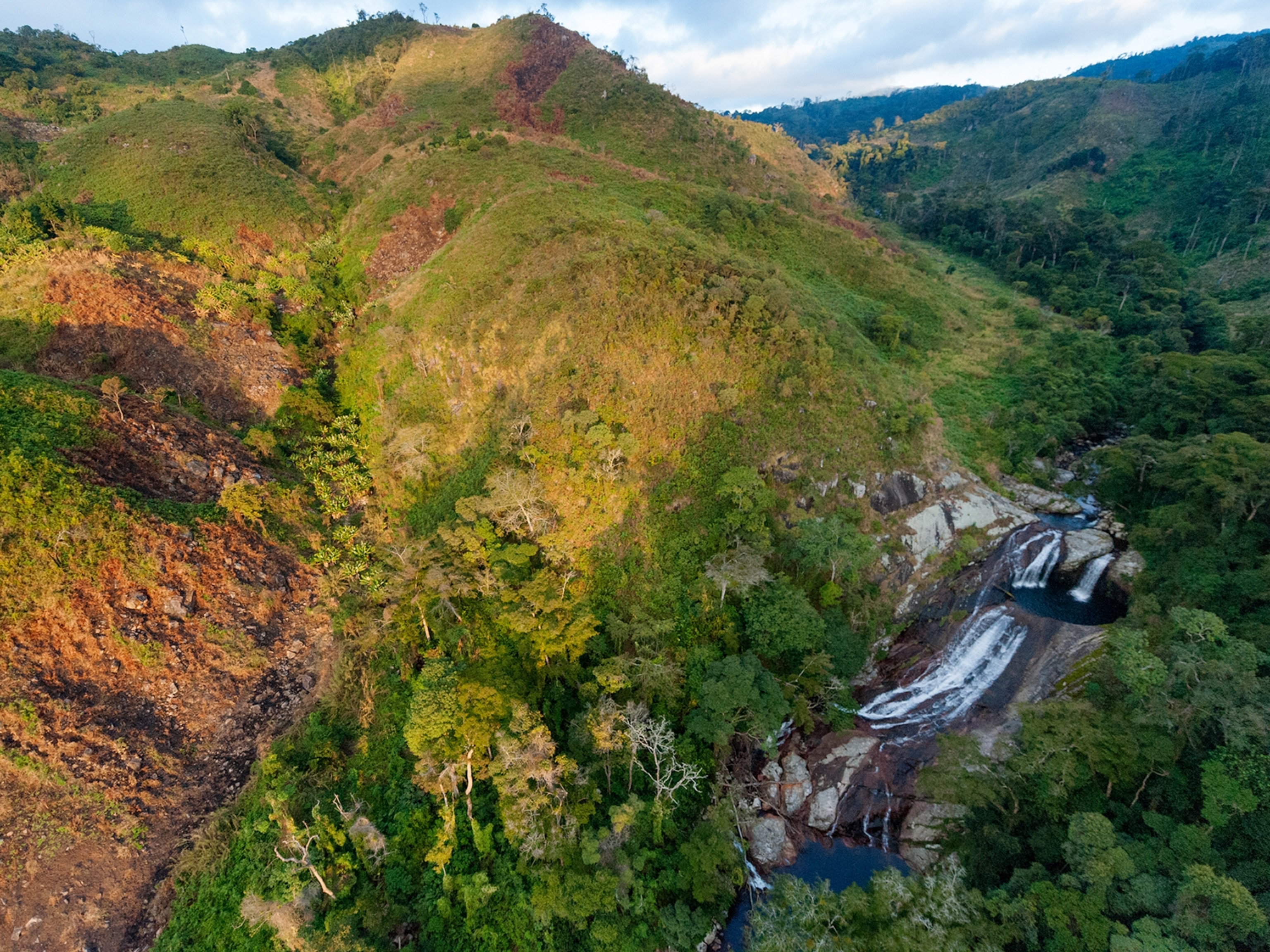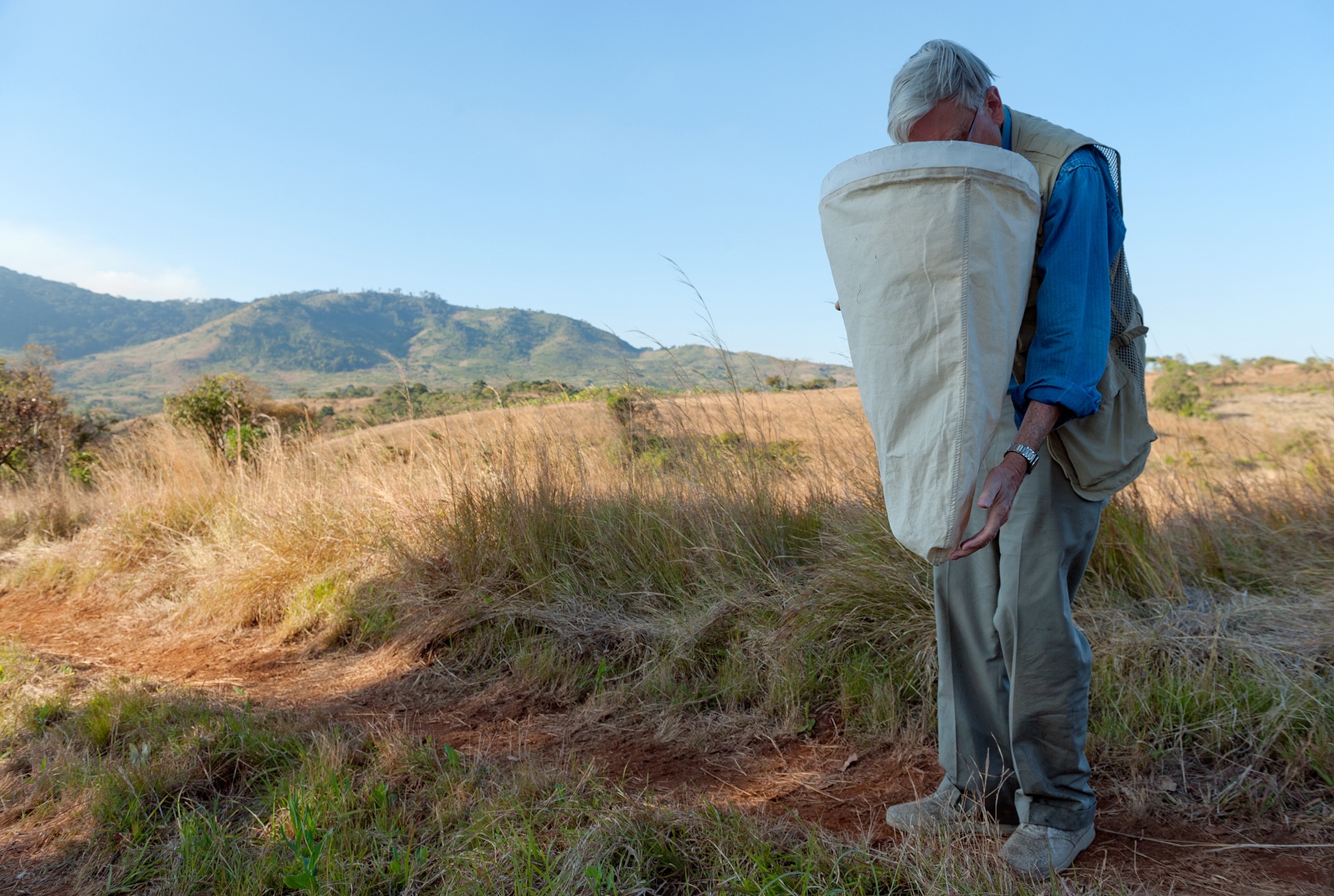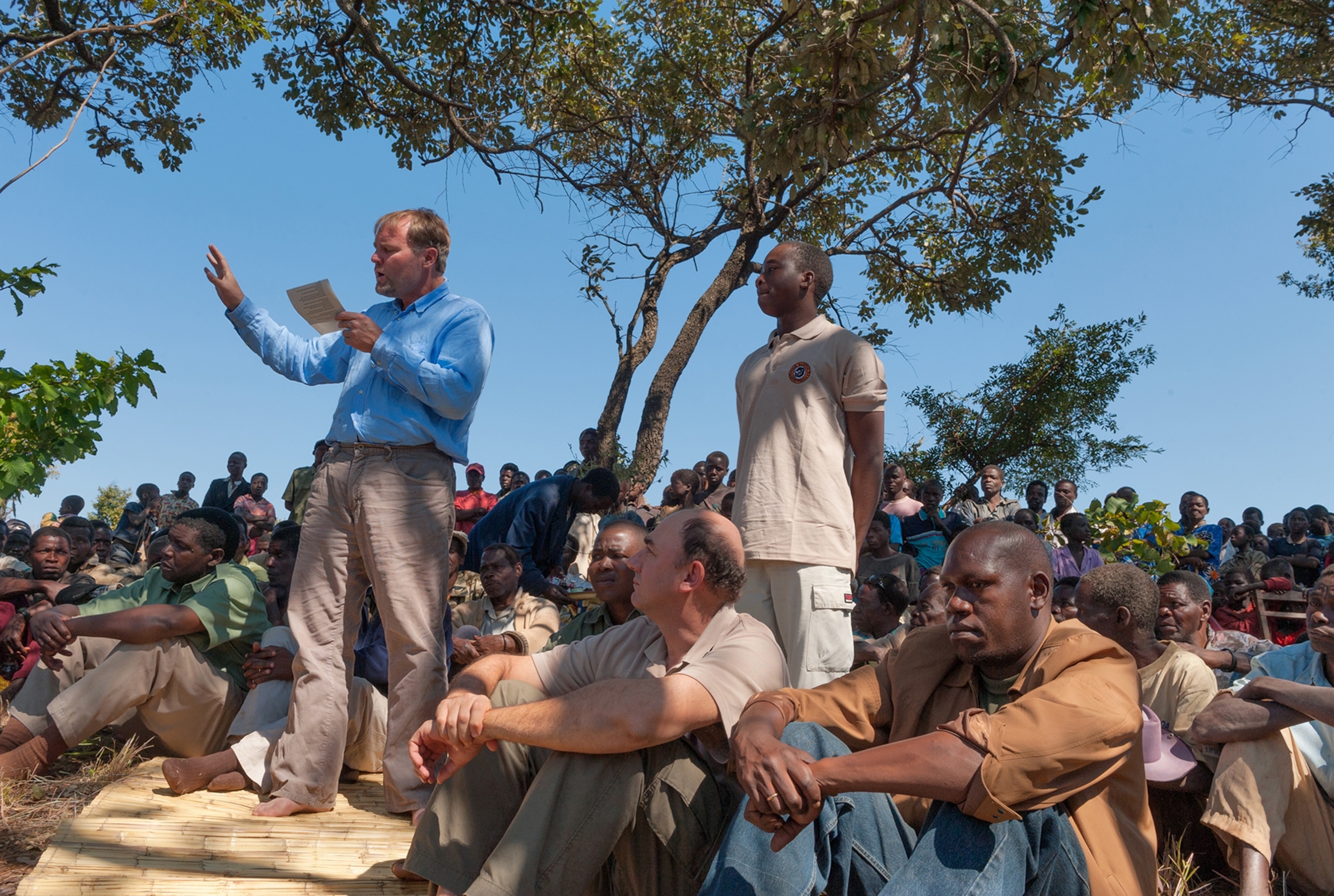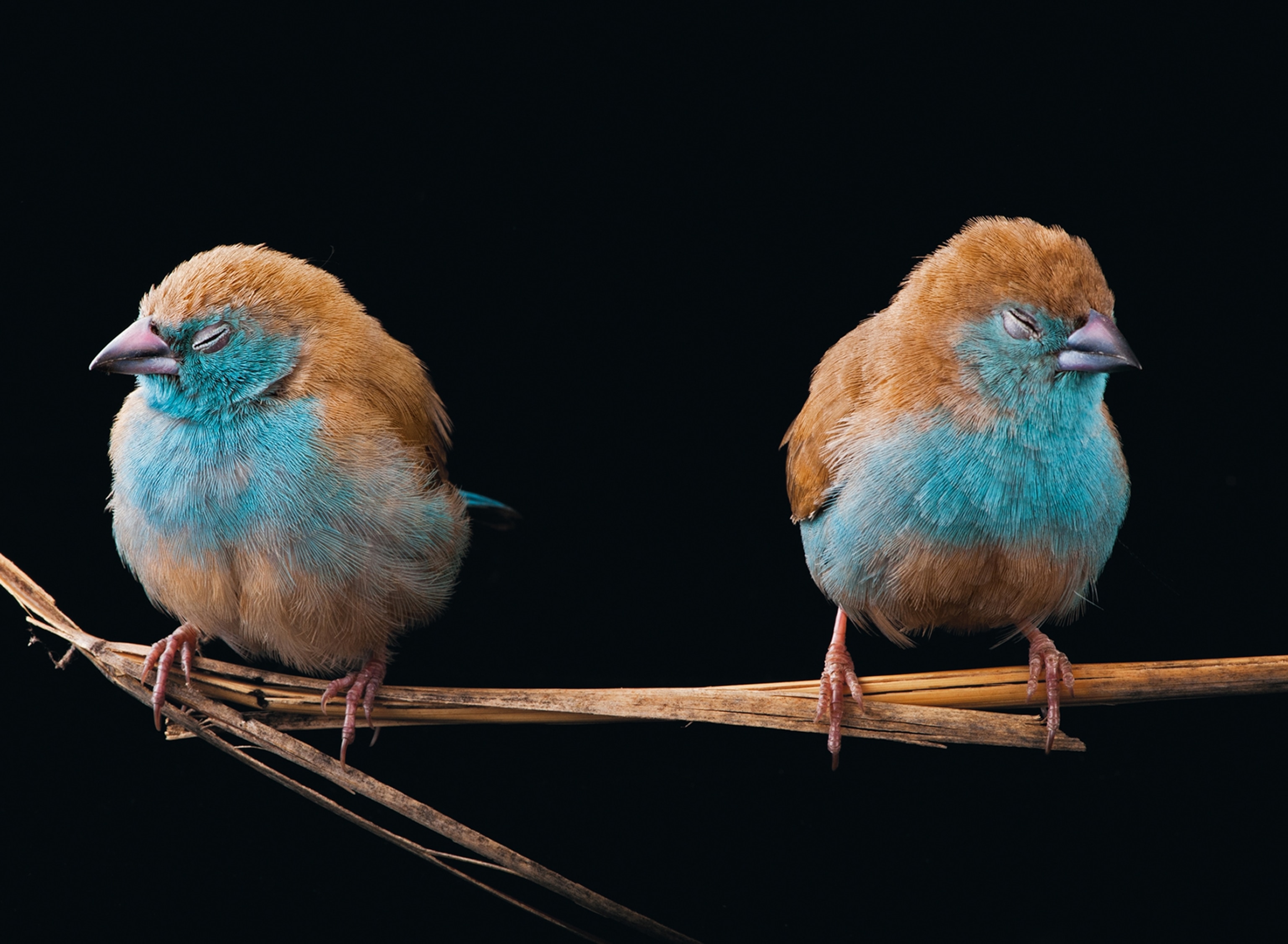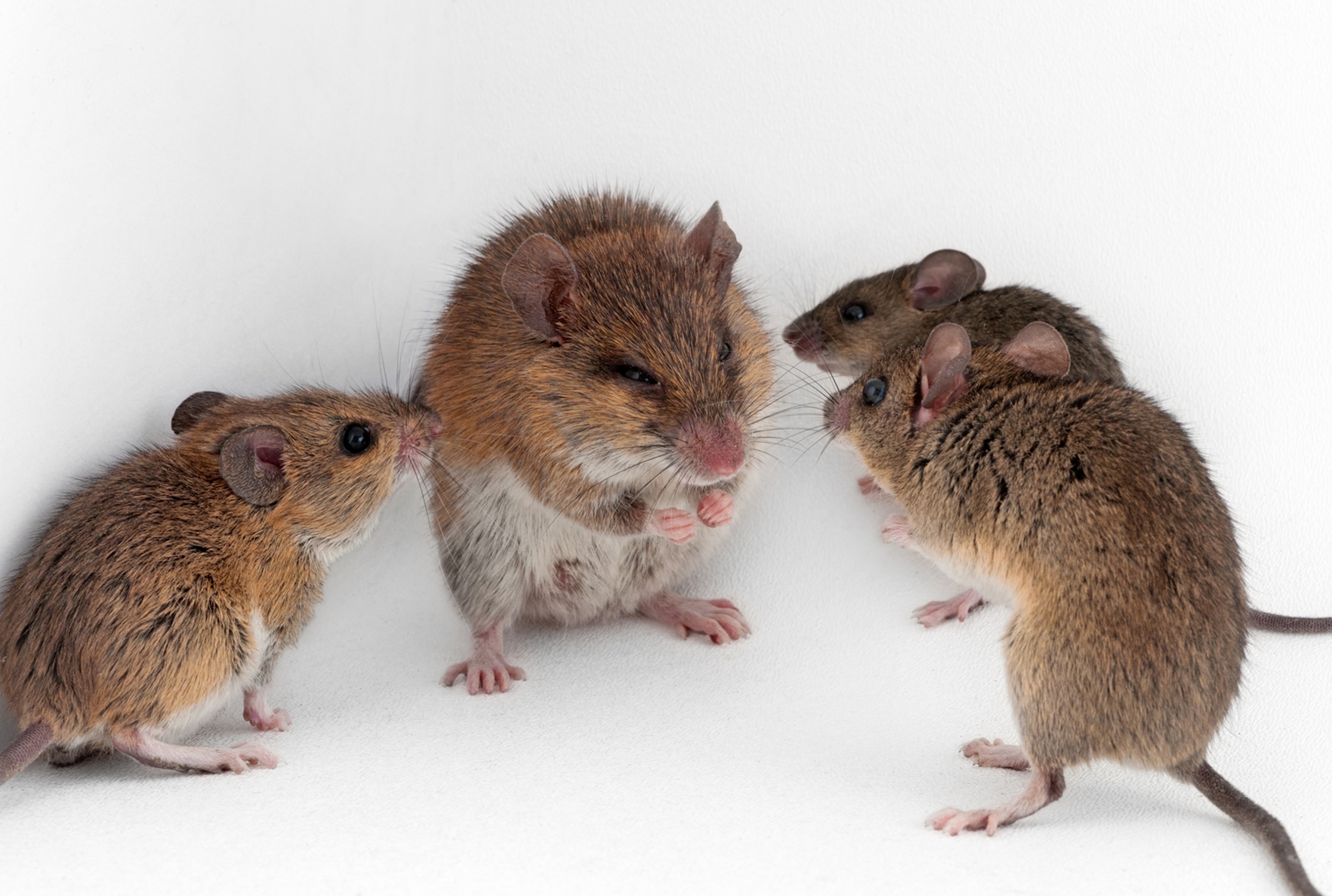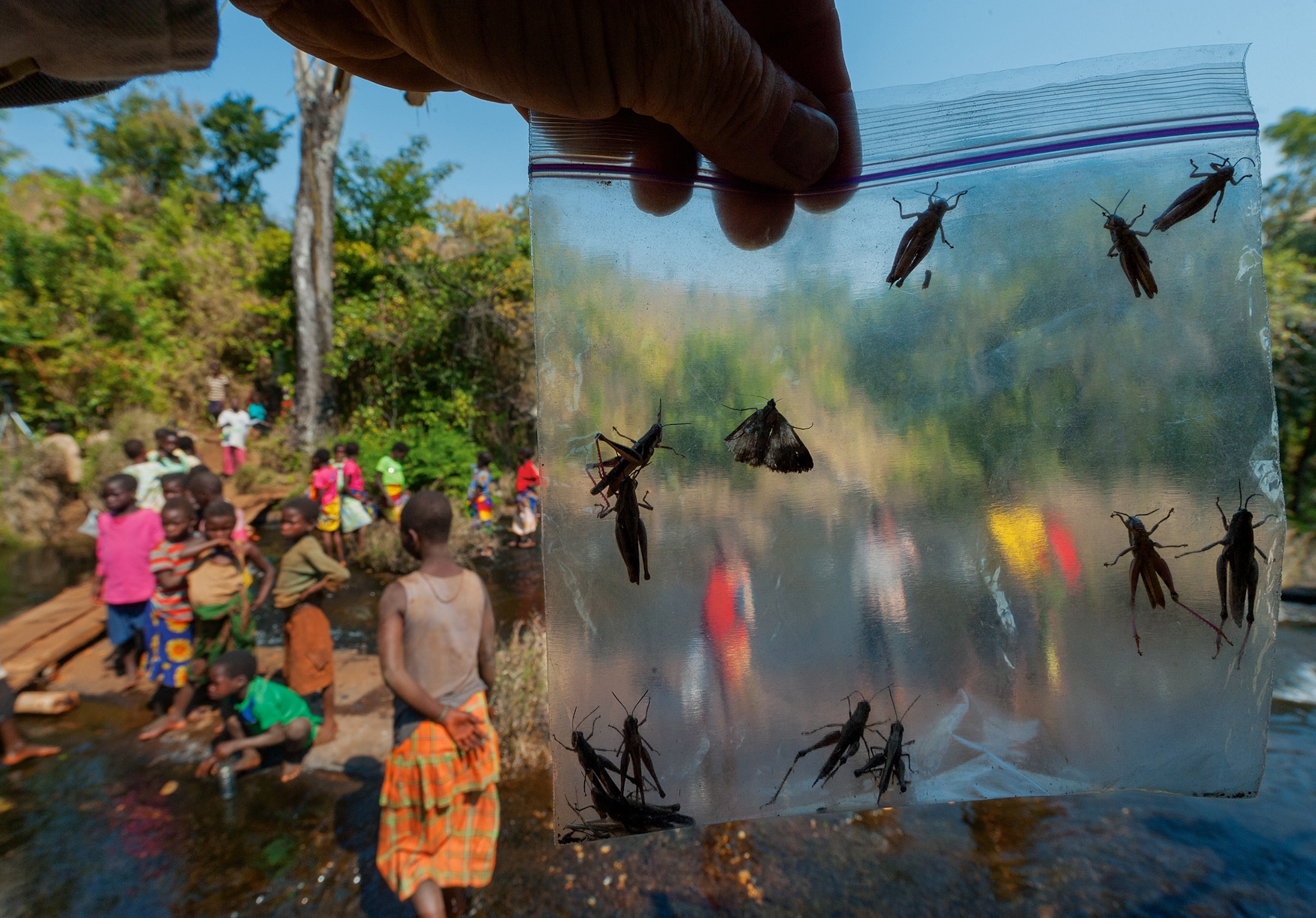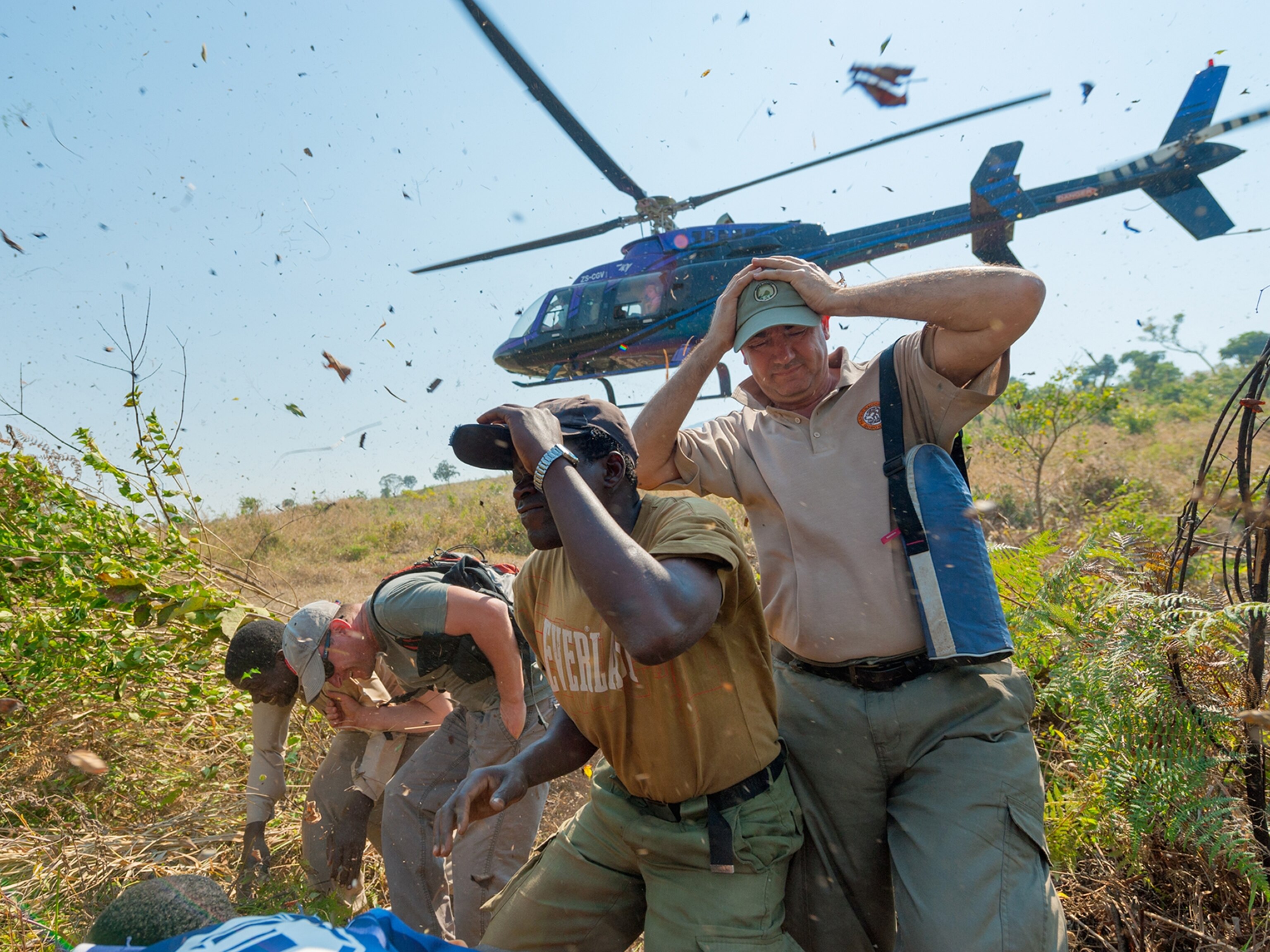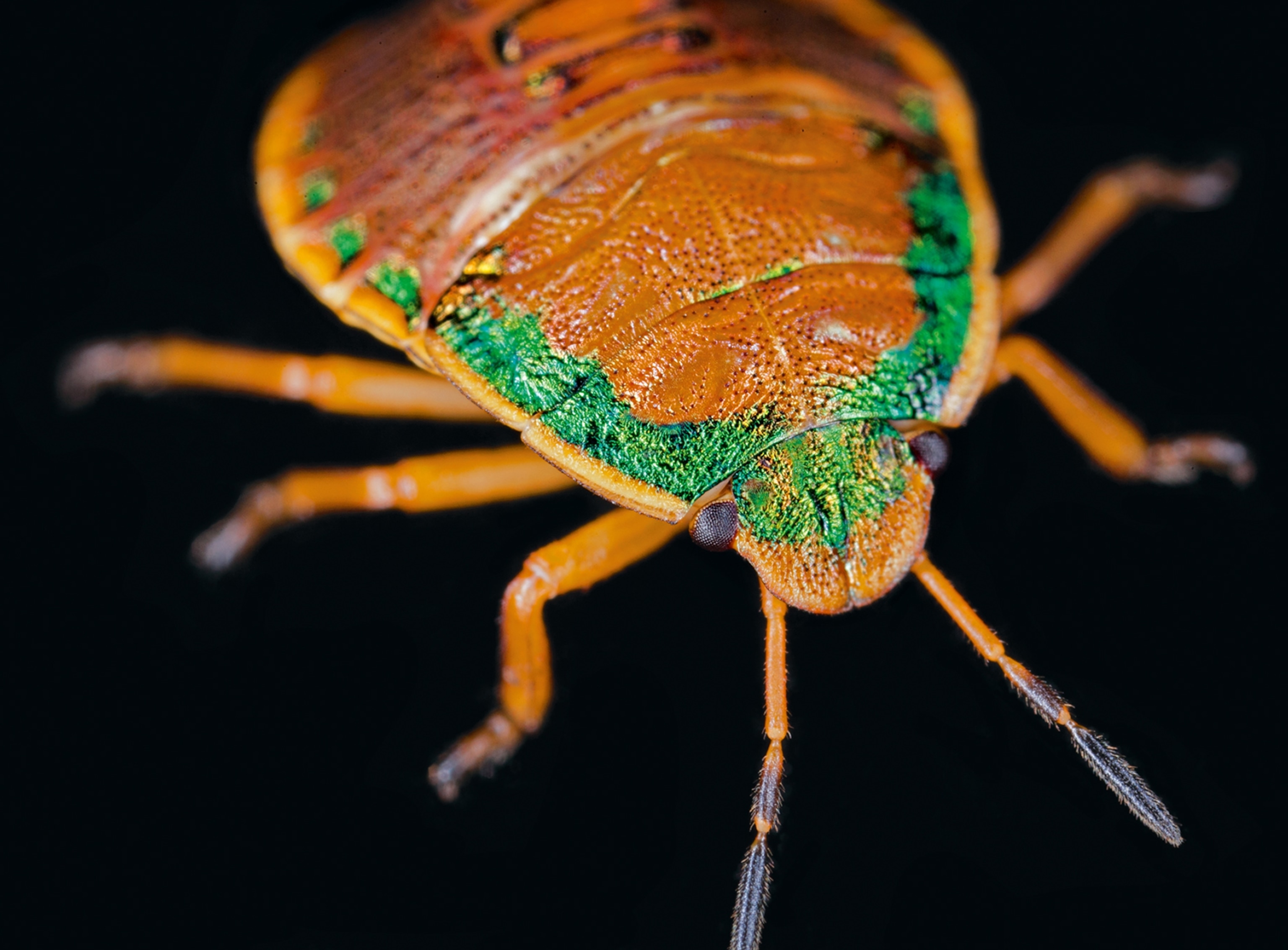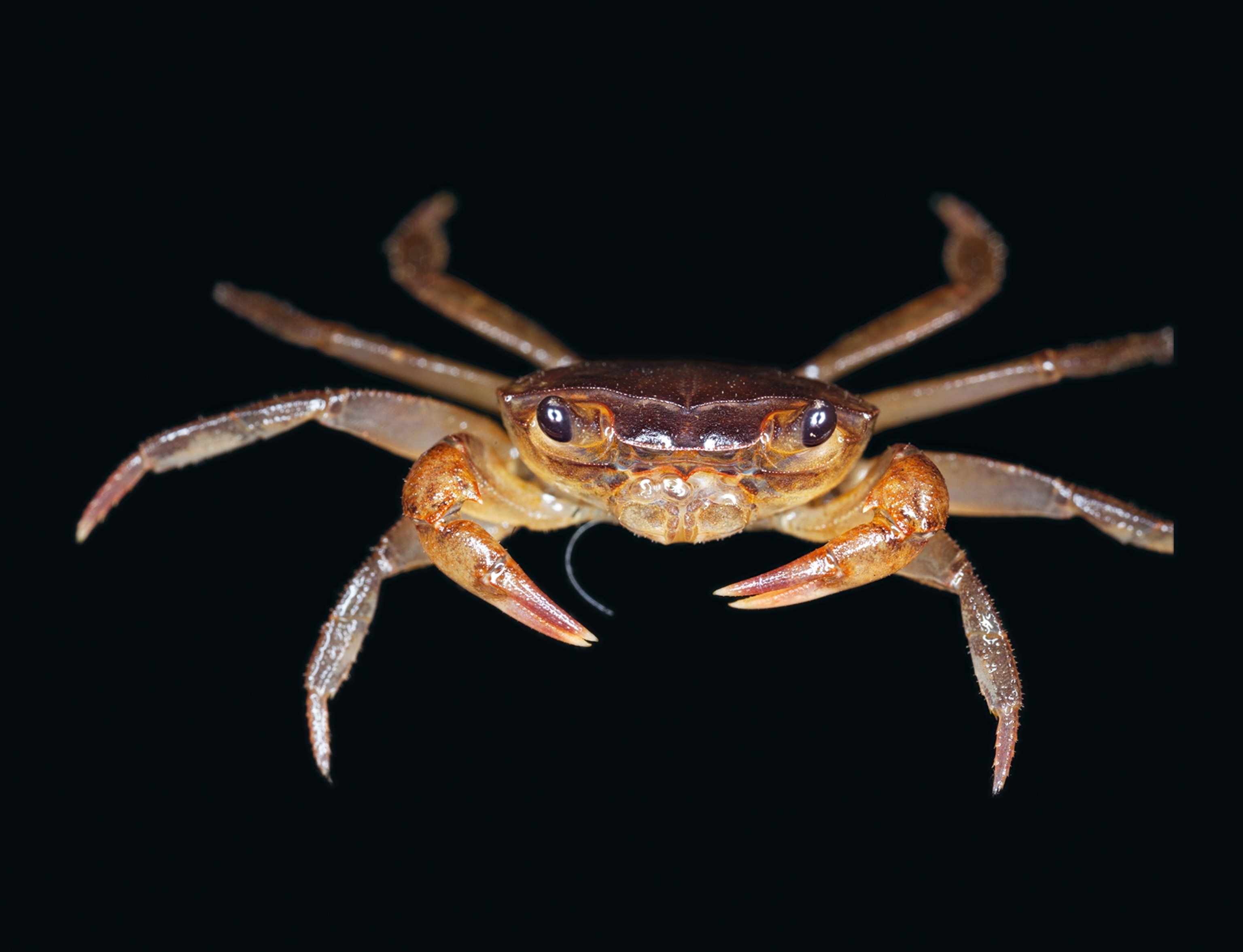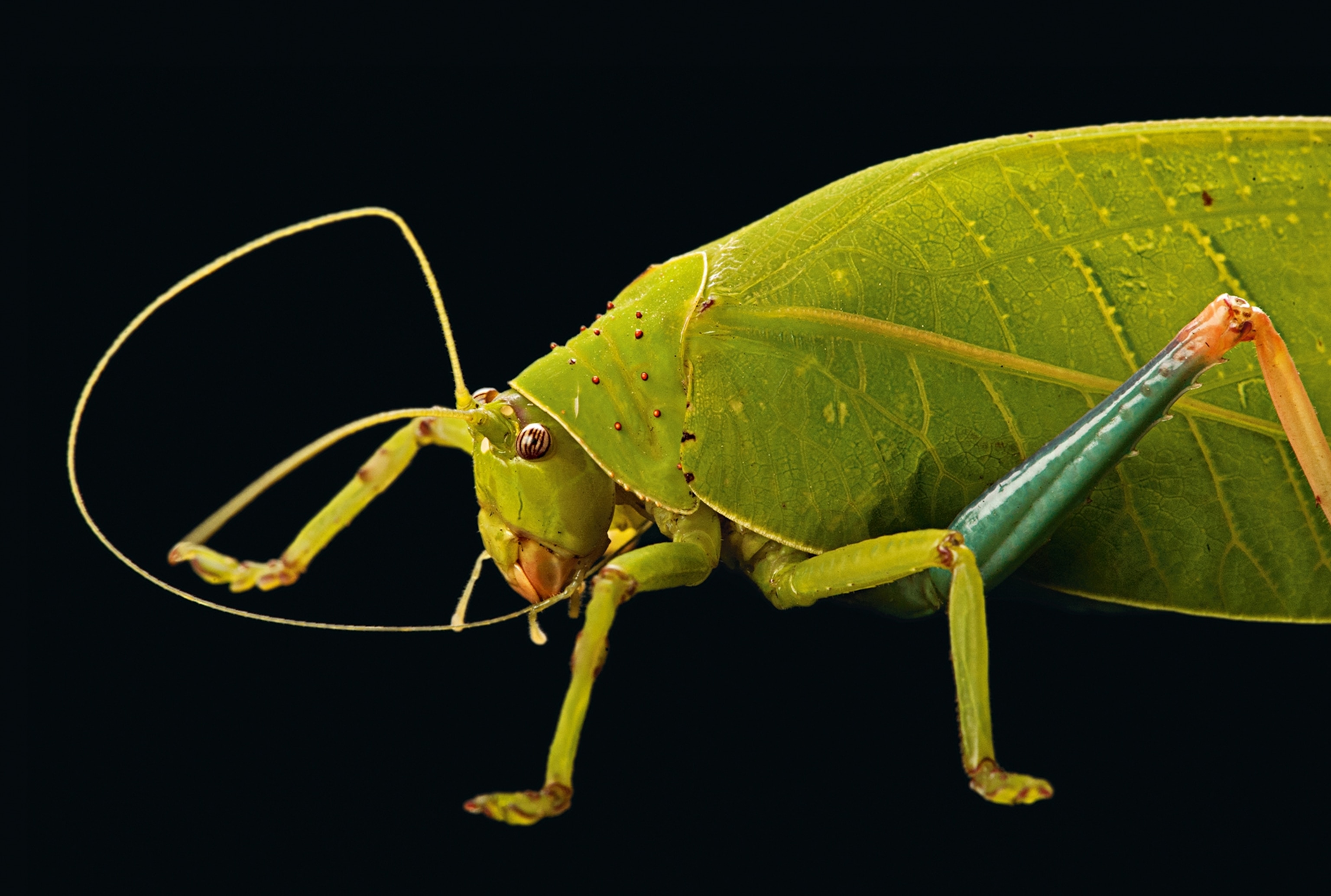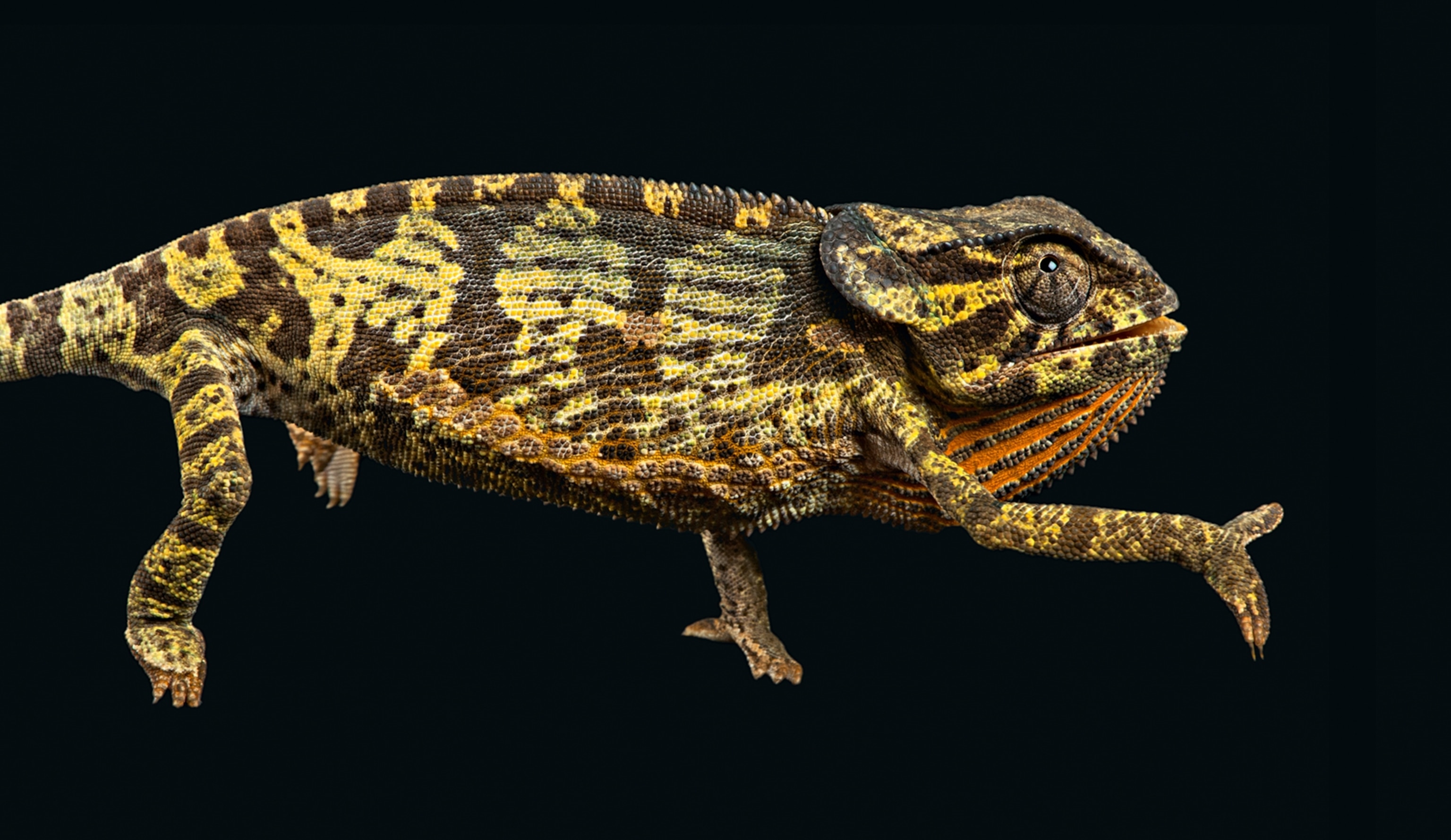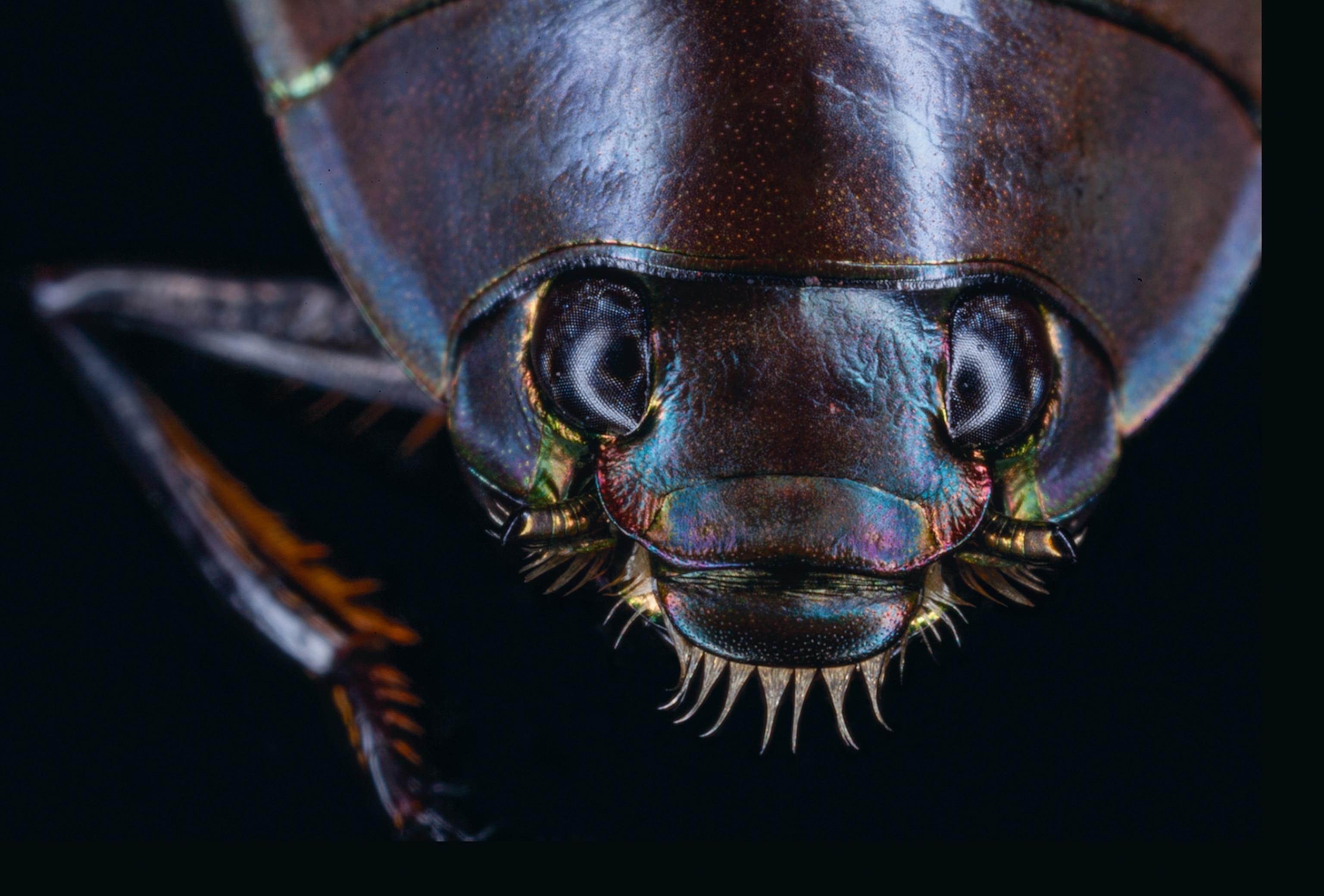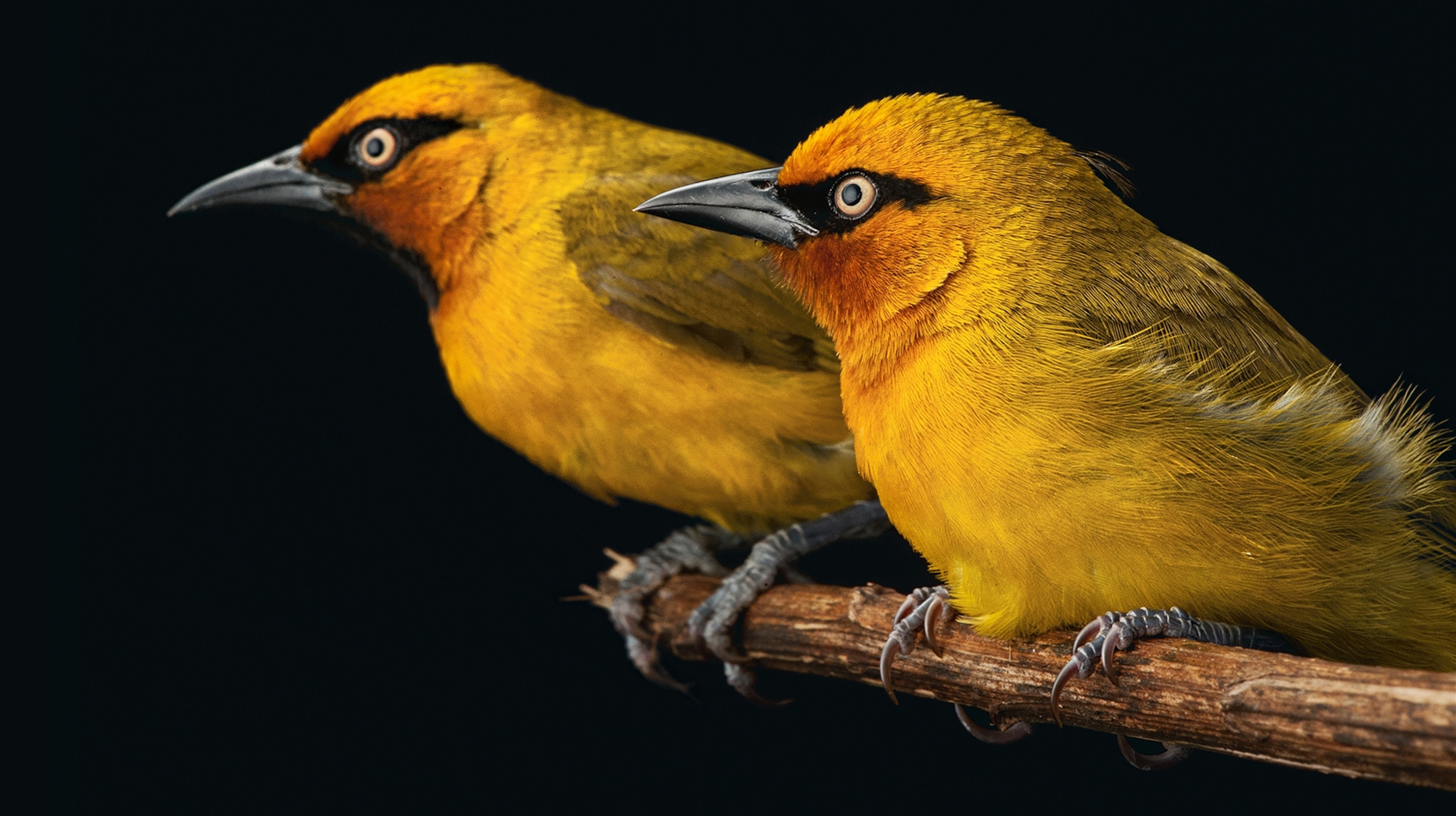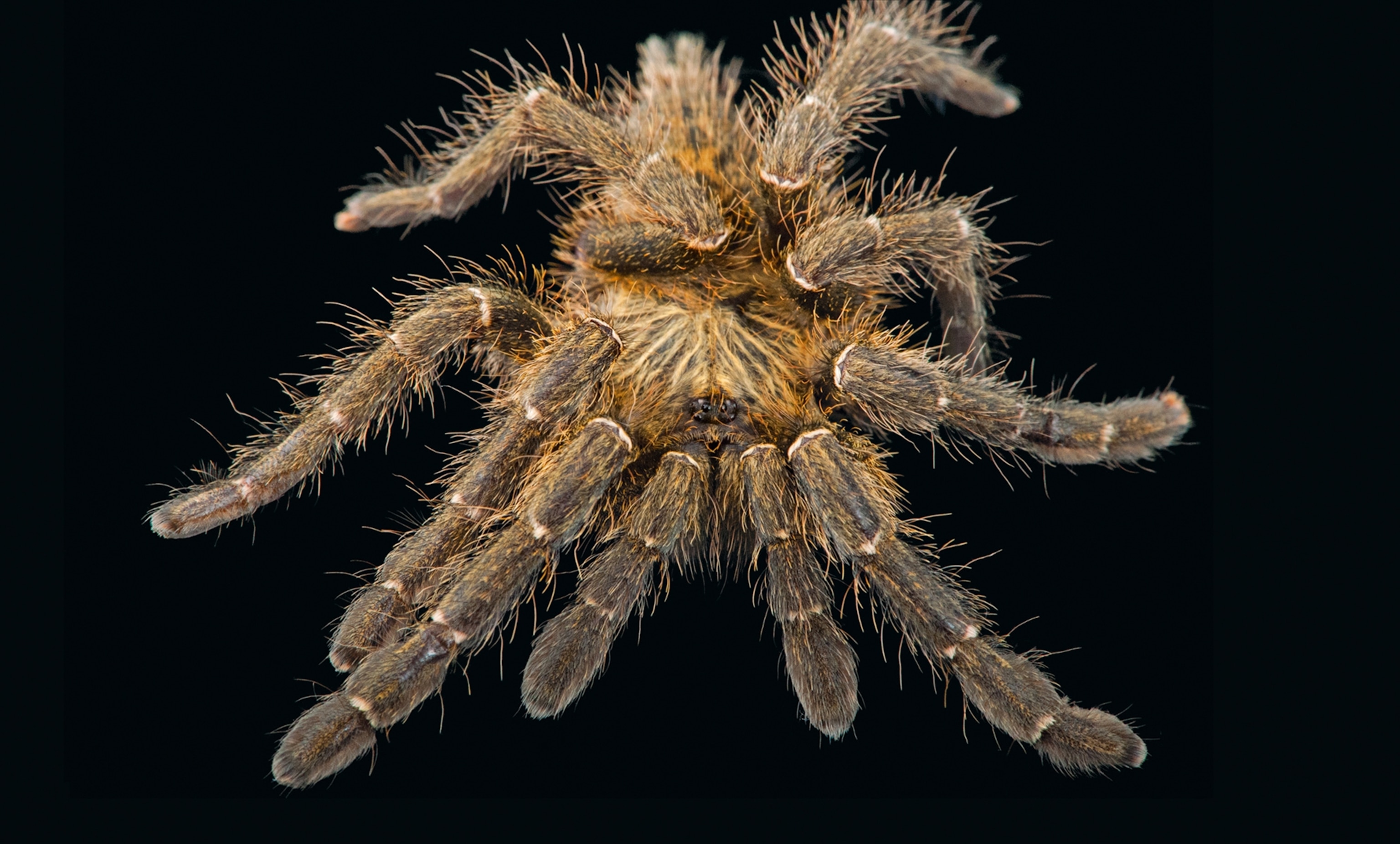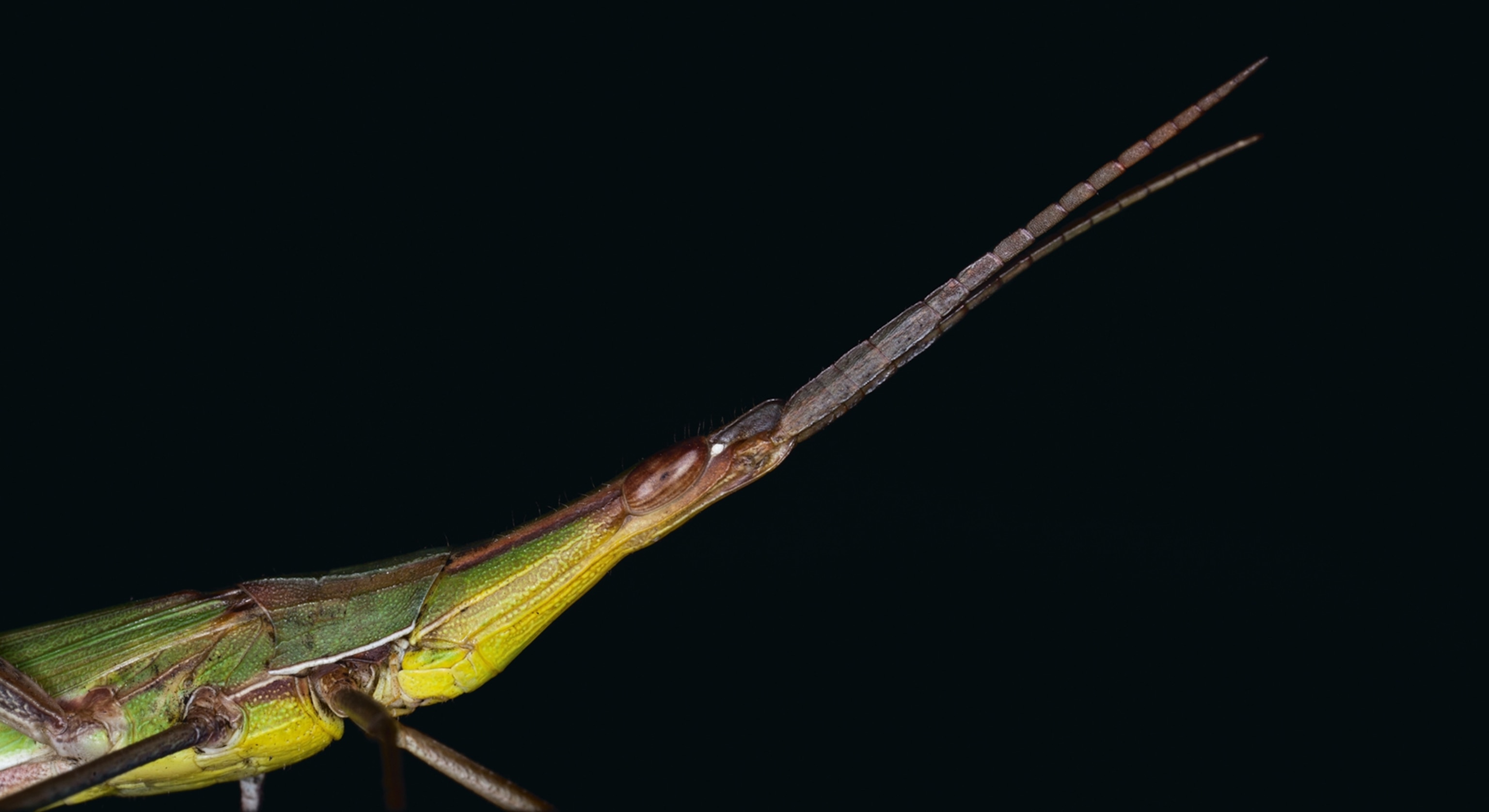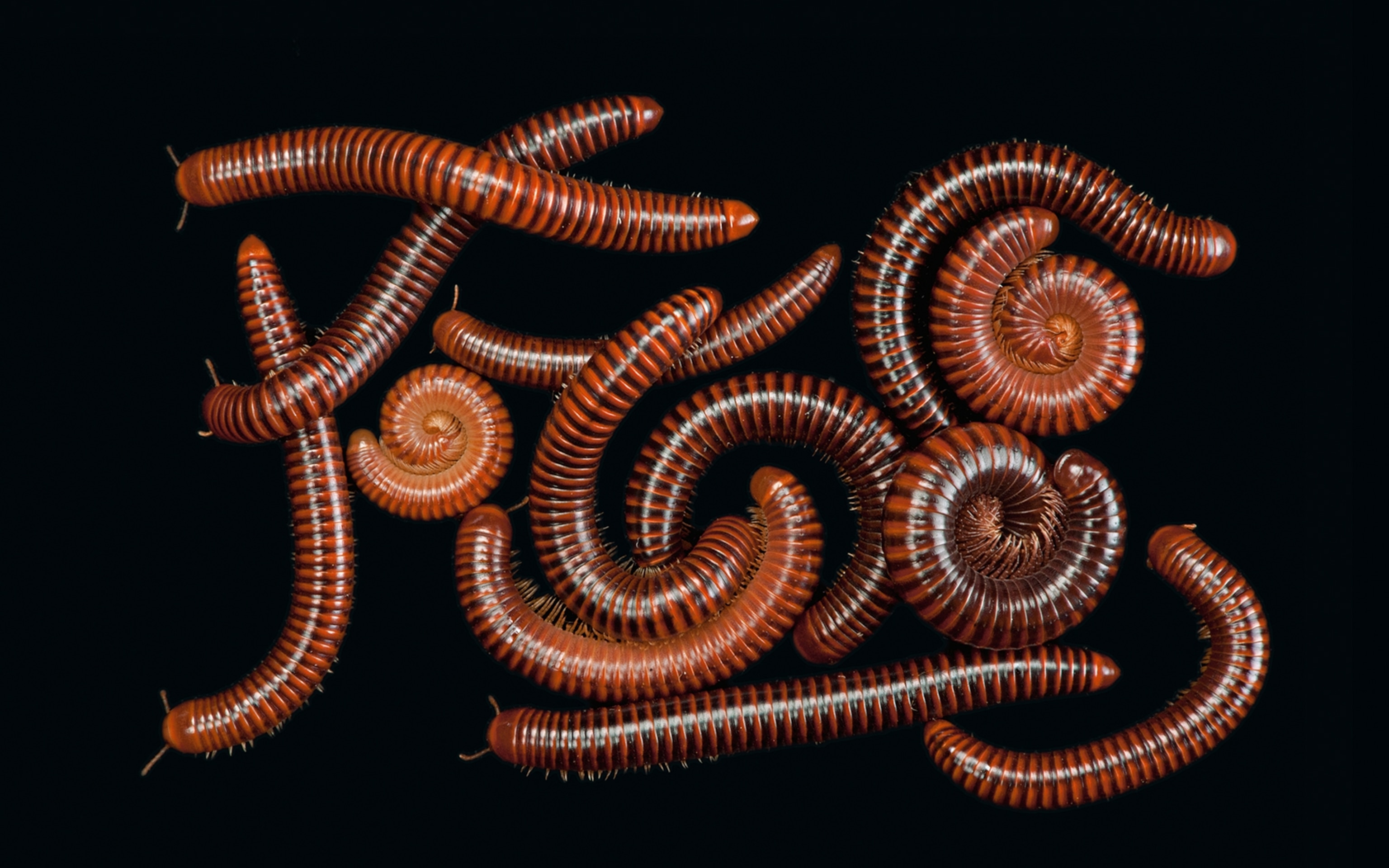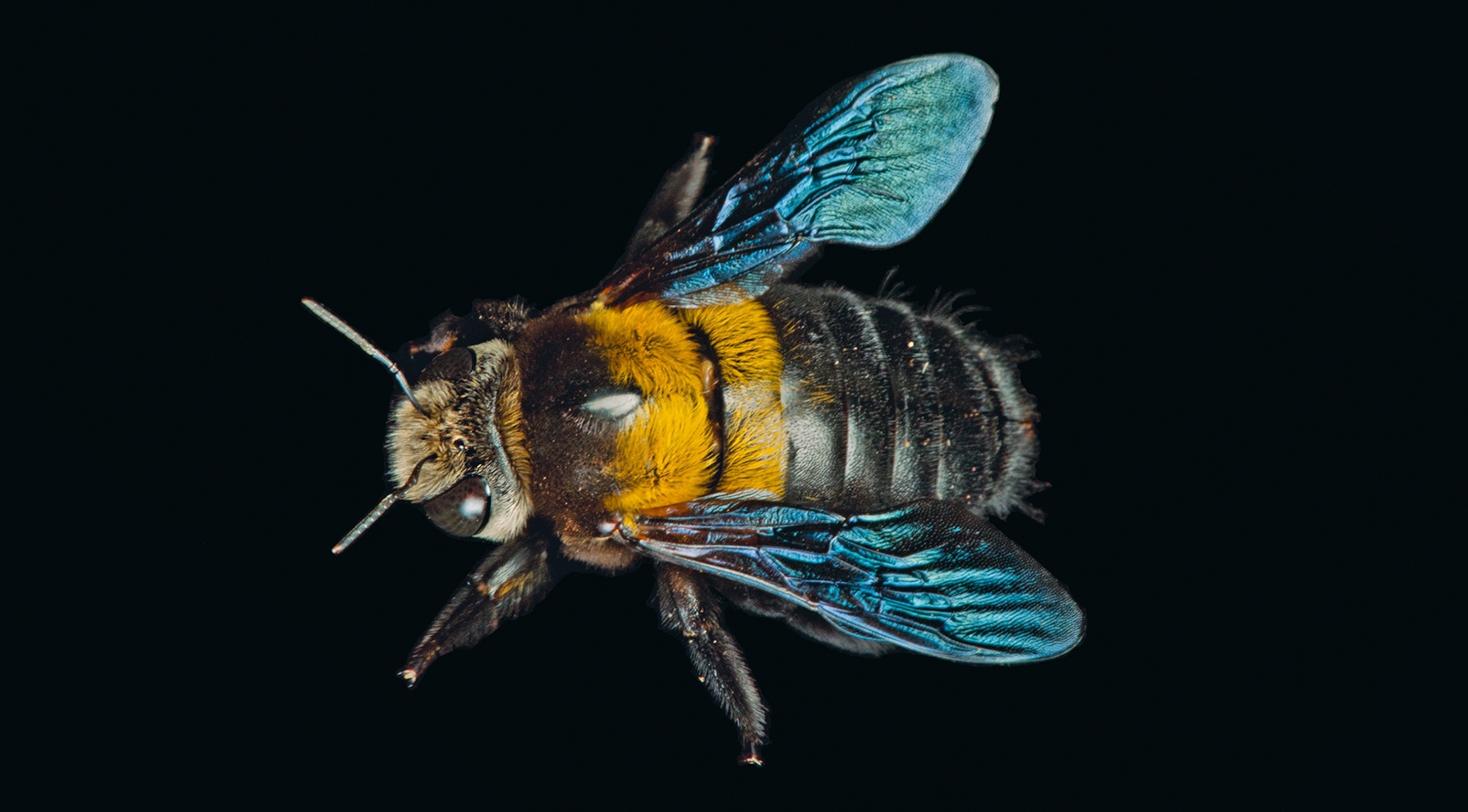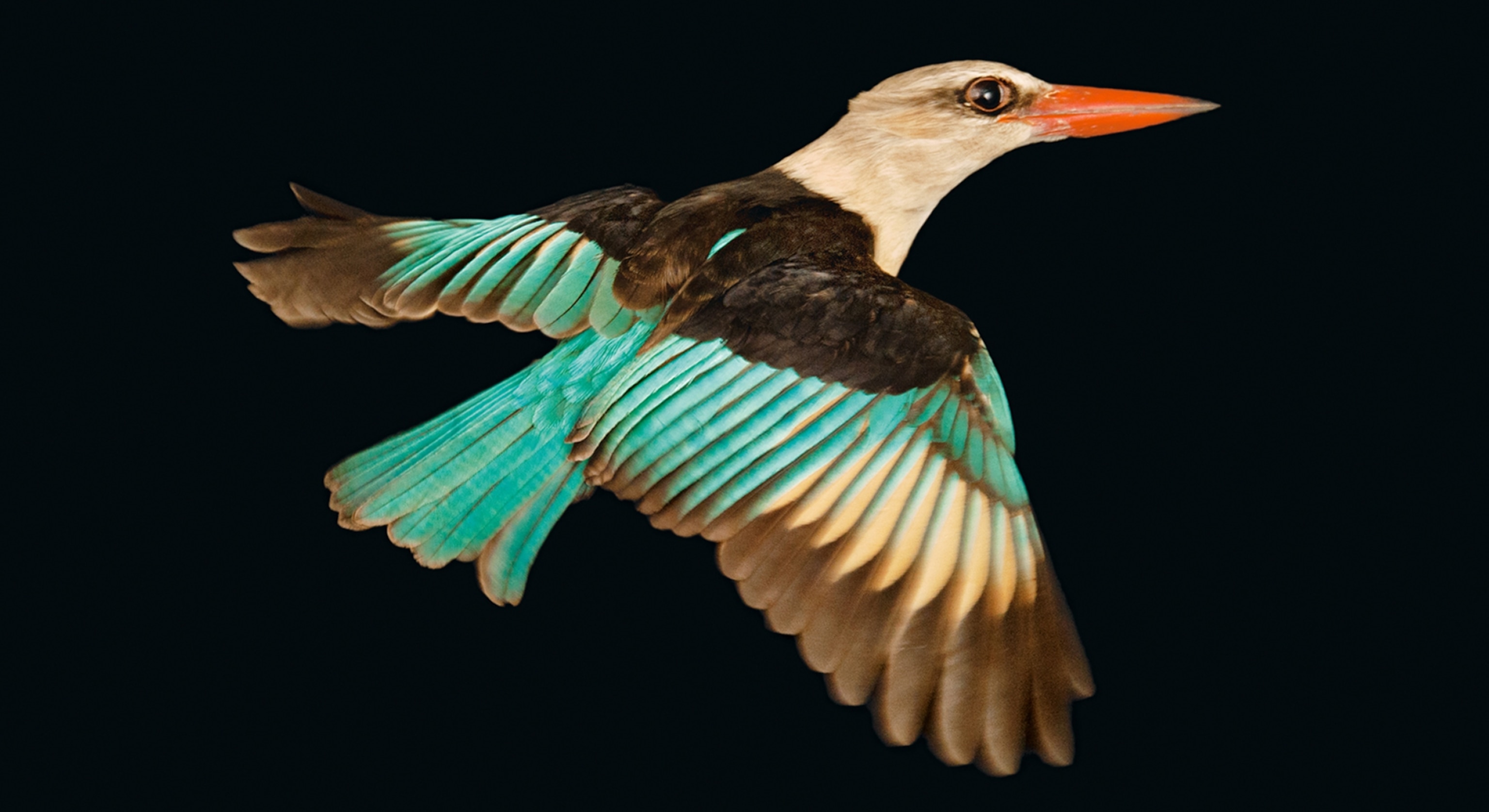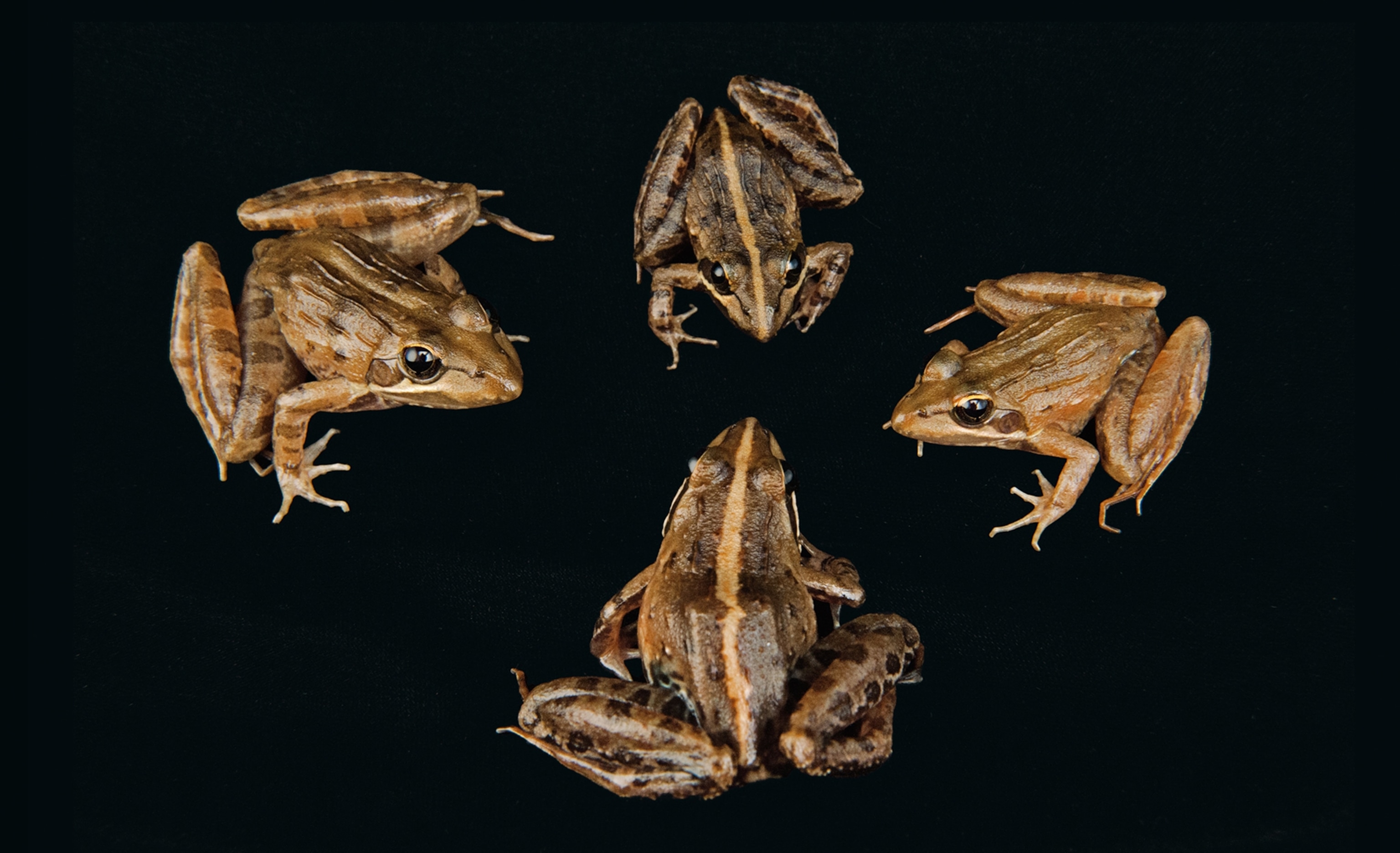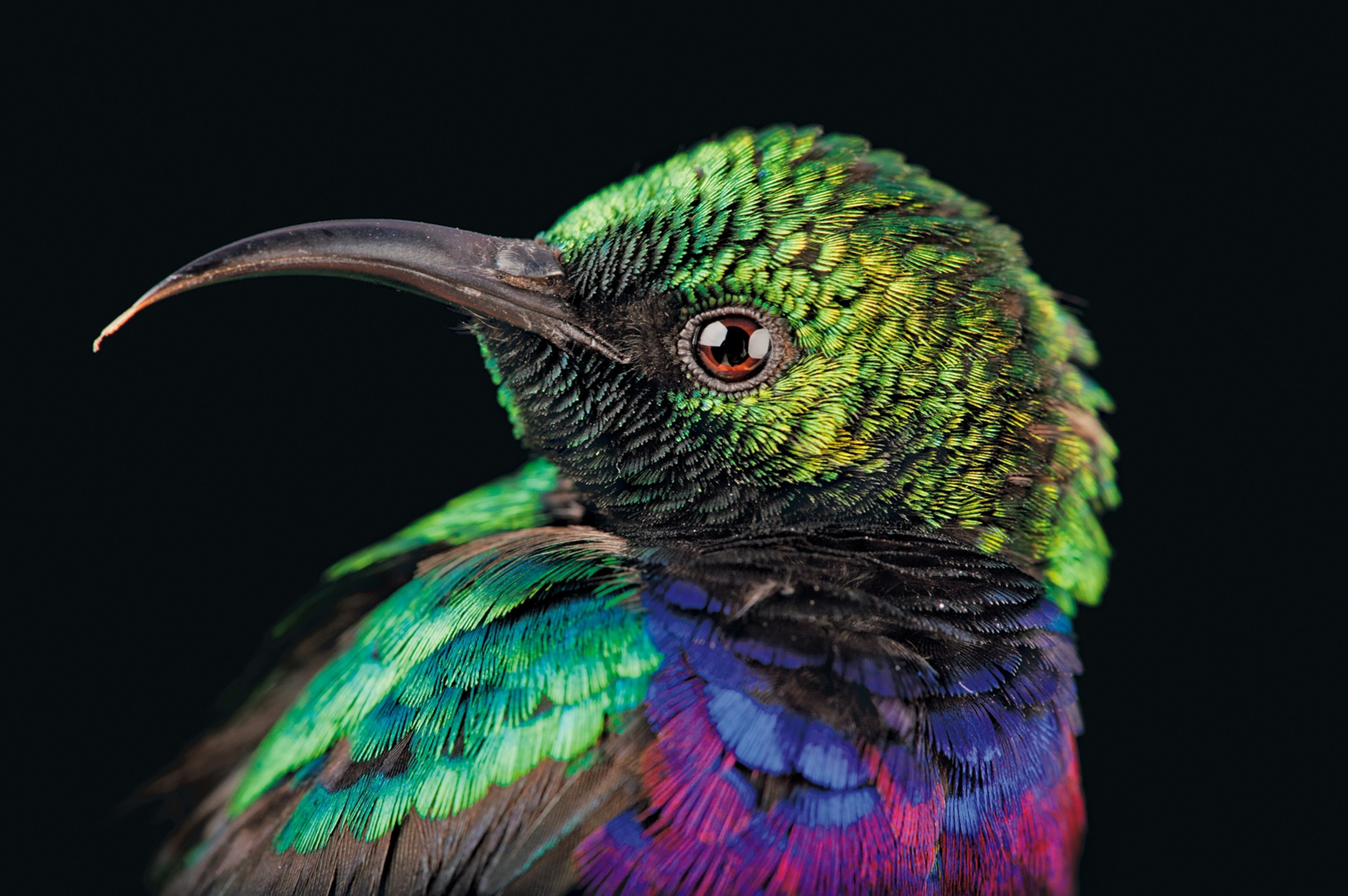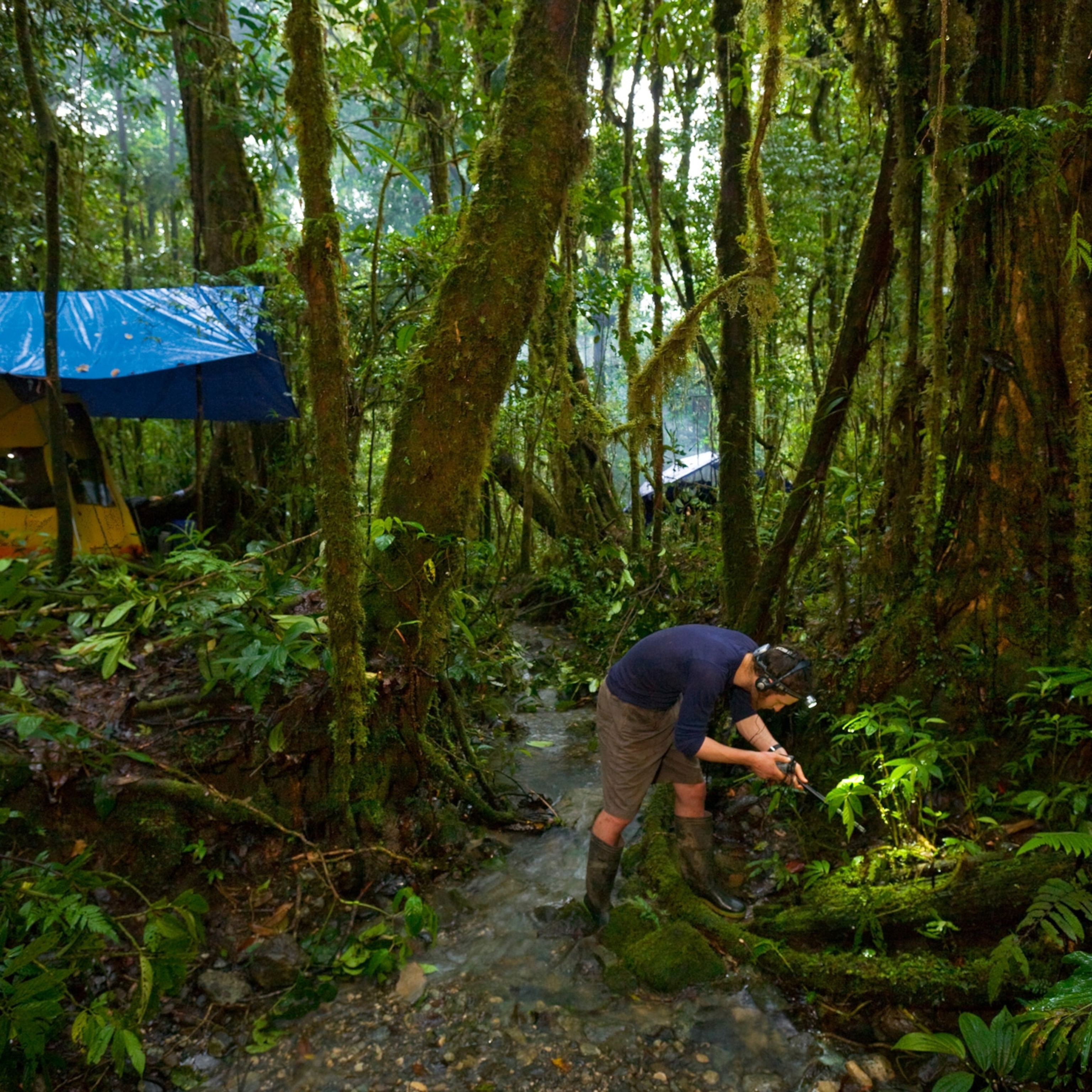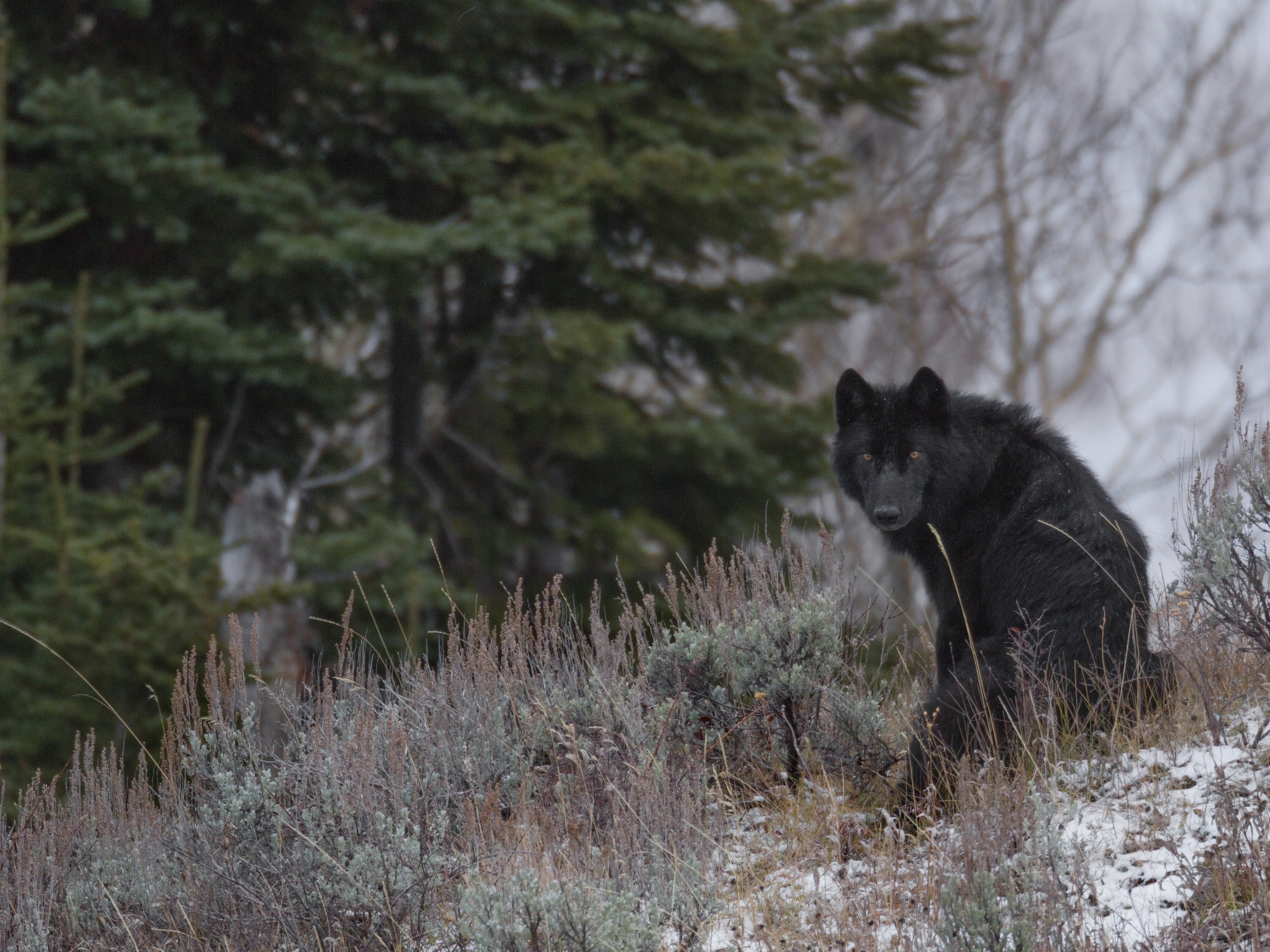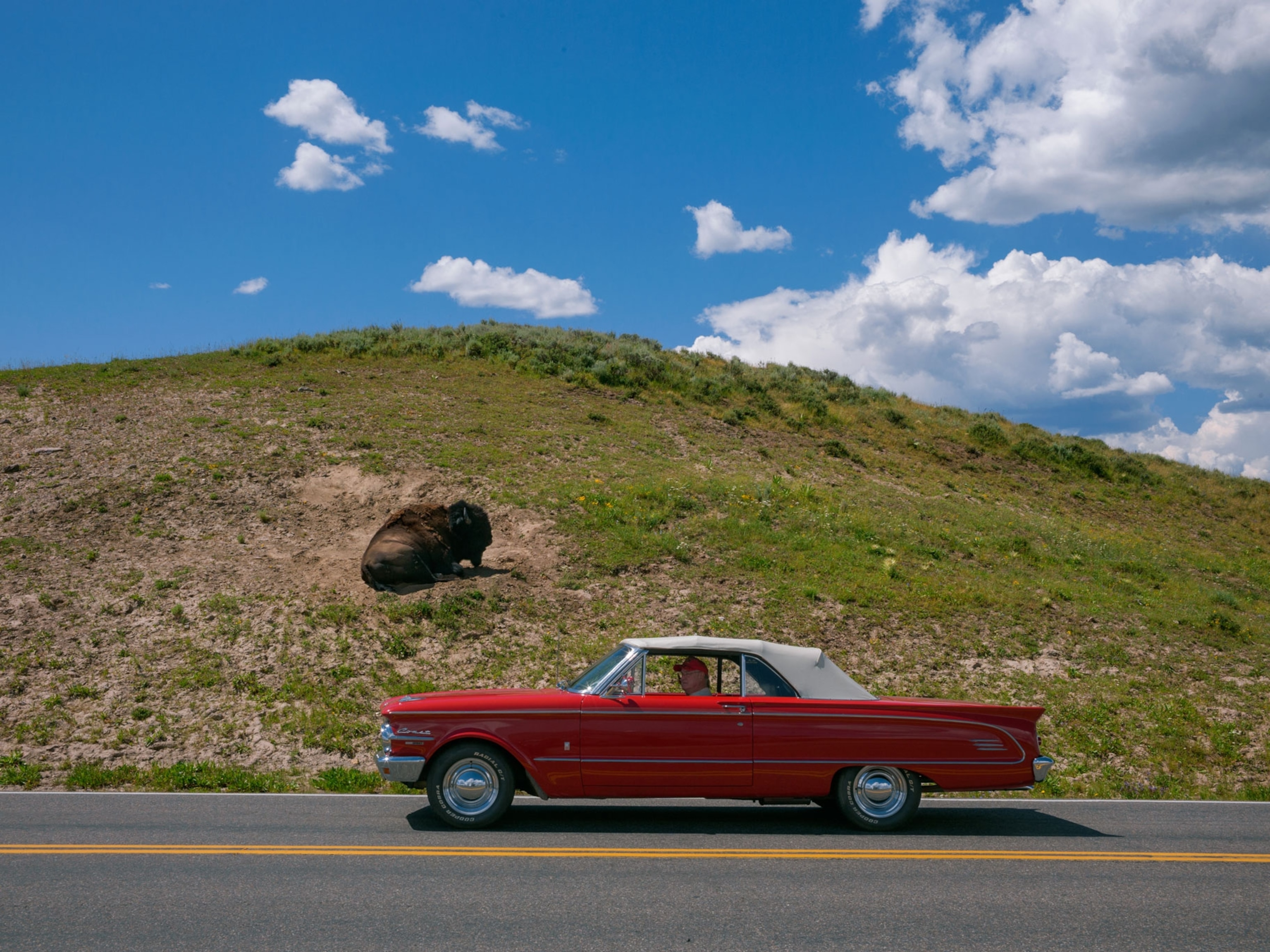The Rebirth of Gorongosa
Biologist E. O. Wilson takes a close look at a famed park in Mozambique. Recovering from civil war, it faces a new challenge: Settlers are deforesting its sacred mountain.
In the summer monsoon season of late November to mid-March, the rain clouds ride the trade winds of the Indian Ocean west into Mozambique. Crossing the coast, they refresh the miombo woodlands of the Cheringoma Plateau, then the savanna and floodplain grasslands of the Great Rift Valley. Finally they run aground on the slopes of Mount Gorongosa, where they release great torrents of rain, like a benediction.
The Gorongosa massif, which reaches a height of 6,112 feet, captures more than six feet of rainfall a year. That is enough to support a lush rain forest on the summit—and to the east, in the Rift Valley, a park that was once one of the richest wildlife refuges in the world. Before Mozambique’s civil war ravaged it, Gorongosa National Park was roamed by elephants, African buffalo, hippopotamuses, lions, warthogs, and more than a dozen species of antelope. Now some of those animals are coming back, thanks largely to Greg Carr, an American businessman and philanthropist who is leading a project to restore Gorongosa. In 2010 the park marked a milestone: Mozambique’s government fixed an error made at its creation, expanding its boundaries to include Mount Gorongosa, source of its life-sustaining rivers.
In the summer of 2011, I went to Gorongosa to support Carr’s efforts and also to work on my new digital textbook for high school biology. The park is an excellent place to convey the high stakes and the excitement of doing wildlife biology today. The summit rain forest on Mount Gorongosa, about 29 square miles in extent, is an ecological island in a sea of savanna and grassland. It is hard to get to, and so it has remained largely unexplored by biologists. Ants, my own specialty, were entirely a blank on the map when I arrived. For a naturalist there is no more powerful magnet than an unexplored island. When I visited Mount Gorongosa, on my first trip to Africa, I felt highly charged with the prospect of surprise and discovery.
During my stay at the park my assistant was Tonga Torcida, a young man born on Mount Gorongosa. He was one of the first of his village to graduate from high school, not a mean feat, since schooling past the seventh grade requires tuition and a uniform that few local families can afford. While we were together, Torcida learned that he would receive a scholarship to attend a Tanzanian college. Speaking four languages and working off his intimate knowledge of Gorongosa, he plans to be a wildlife biologist.
Torcida told me a creation story of his people, and why they consider Mount Gorongosa sacred. In early times, he said, God lived with his people on the mountain. Humans were giants then and not afraid to ask God for special favors. In a drought they would say, Bring us water. The Creator, growing tired of their constant importuning, moved his residence up to heaven. Still the giant people persisted, reaching up from the mountain. At last, to put them in their place, God decided to make them small. Thereafter life became a great deal more difficult—and so it has been to this day. I told Torcida that this folklore and the moral lesson embedded in it sounded very much like parts of the Old Testament.
Gorongosa certainly suffered a precipitous fall from grace. Three years after Mozambique won its independence from Portugal in 1975, a civil war broke out and raged for 17 years. The park, which had been established by the colonial government in 1960, became a battleground. Its headquarters and tourist facilities were destroyed. Roving soldiers, hungry for food as well as for ivory they could trade for weapons in South Africa, killed many of the large animals. After peace accords were signed, but before order could be restored at Gorongosa, commercial poachers killed an even larger number of animals, peddling the meat at nearby markets. In the end, nearly all the big game species were gone or nearly gone. Only the crocodiles, quick to slide down muddy banks into the safety of the rivers, escaped with little harm.
The clearance of big game had important environmental consequences. Where zebra herds no longer grazed, grass and woody shrubs thickened, and lightning-strike wildfires became more threatening. With no elephants knocking over trees to feed on the branches, some forests increased in density. With the scat and carcasses of big game severely reduced, the population of some scavengers fell sharply.
Yet the ecological base of vegetation and small animals, including the myriad species of insects and other invertebrates, remained largely intact. Gorongosa Park contains a great variety of habitats—besides the valley grasslands and the mountain’s several vegetation zones, it includes forested plateaus and limestone gorges—and even today it supports tremendous biodiversity. In the whole of the park, 398 bird species (of which about 250 are residents), 122 mammals, 34 reptiles, and 43 amphibians have been found. Probably tens of thousands of species of insects, arachnids, and other invertebrates await discovery.
For a decade following the end of the civil war, while a new, democratic Mozambique established itself, Gorongosa remained in ruins. Meanwhile, Greg Carr had gotten interested in the country and was looking for a way to help; after making his fortune in voice mail and Internet services, he had turned to philanthropy. In 2004 the government of Mozambique and Carr agreed that he would help plan the park’s restoration. Carr has since done much more: He has undertaken to restore Gorongosa himself, largely at his own expense, and has made it his full-time occupation. Mozambique’s Ministry of Tourism has entered into a long-term partnership with him to manage and develop the park.
Today, after less than a decade, Gorongosa is well on its way to recovery. Large animals, including African buffalo and elephants, have been imported from nearby South Africa and are multiplying rapidly. Eland and zebra are next. Though still well below their prewar maximum, herds of grazers and browsers swarm once more across the savanna and grassland. Ecological balance is returning with the megafauna, and so are visitors from Europe and North America. Excellent facilities have been built at the central Chitengo Camp and at explorer camps in the interior. At Chitengo a bullet-pocked concrete slab has been preserved as a war memorial.
The accomplishments of Greg Carr’s team and of the people of Mozambique are impressive. But restoring a damaged park is much harder than creating a new one, and Gorongosa—especially its mountain—is far from being out of danger. During the civil war, as marauding soldiers invaded the mountain, subsistence farmers began to clear little plots up the slope. The taboo of the sacred mountain was largely forgotten. In time the farmers reached the summit rain forest and began to fell the tall trees and convert the moist, fertile ground into corn and potato fields. In the past decade the area of original rain forest has been reduced by more than a third.
The retreat of the forest already means that fewer species of plants and animals, some likely endemic, can survive. The complete removal of the forest, which at the current rate of destruction might easily occur within ten years, would be catastrophic for the entire park. The mountain’s ability to capture, hold, and gradually release monsoon rainwater would be gone. The water would then run off quickly, and the moisture supplied to the rest of the park would be rendered seasonal instead of year-round. In the face of the new aridity, life in and around the park would be less sustainable for both wildlife and people.
Now that the mountain is part of it, the park has the authority to secure the forest perimeter. The forest won’t be truly secure, though, until those who are destroying it are given alternatives. Tourism is part of Carr’s answer, but he has also hired teams to create numerous nurseries to grow seedlings of the rain forest trees and begin the decades-long, perhaps centuries-long process of returning the forest to its original area. The park is creating schools and health clinics for local people at the base of the mountain, below the rain forest. Finally, a center for scientific research and education is planned for the Chitengo Camp. The emphasis will be on the environment inside the park and on the preservation of its biodiversity.
To sample the current biodiversity on Mount Gorongosa, Greg Carr and I decided to hold a “bioblitz” there and to engage the community living on its lower slopes. We asked Tonga Torcida to help organize the event and to recruit local children as our helpers. Bioblitzes are counts of species found and identified in a restricted area over a fixed period of time, usually 24 hours. They follow simple rules: Participants search within a set radius around a focal point, assisted by local naturalists who are familiar with one or more groups of organisms and can identify the species discovered. The first bioblitz I helped organize was at Concord, Massachusetts, in the summer of 1998, with Walden Pond as the focus. Naturalists came from all over New England. The effort was so successful and well publicized that similar events have since been conducted all over the United States (including two in New York City’s Central Park) and in at least 18 other countries.
This one took place at an elevation of around 3,700 feet on Mount Gorongosa, just below the lower fringe of rain forest. Bending to logistic necessity in this remote place—I had to get there by helicopter—we limited the time to two hours, and I served as the sole expert. I was able to identify most of the insects and spiders to their taxonomic families (such as millipedes of the family Julidae, rove beetles of the family Staphylinidae, and of course, ants, which all belong to the family Formicidae). For some specimens I had to guess.
The event was a melee of scurrying and shouting. The children, ranging from four or five to about twelve years old, proved remarkably gifted hunters. They were eager to hear what I had to say about their discoveries. Torcida translated our talk back and forth, and at the end of the two hours I counted a total of 60 species, belonging to 39 families in 13 orders.
We found strange insects and arthropods, most very small. There were a lot of Hymenoptera (the order that includes ants, bees, and wasps), Coleoptera (beetles), and Diptera (flies). Though we saw surprisingly few ants per se, one species was identified as a rarely seen driver ant (Dorylus bequaerti). We also spotted a few birds, reptiles, amphibians, and one mouse.
To most of the public the word “wildlife” primarily means mammals and birds, which have suffered heavily on Mount Gorongosa. People yearn to see large wild animals, and I am no exception. But wildlife also includes the little things that run the world—the insects and other invertebrates that form the foundation of ecosystems on the land. So Gorongosa did not disappoint me. On the contrary it fulfilled all the yearnings for adventure and discovery I have felt since my boyhood, when I was the age of my helpers on Mount Gorongosa and was venturing into the forests of Alabama and Florida with a net, spade, and collecting jars.
